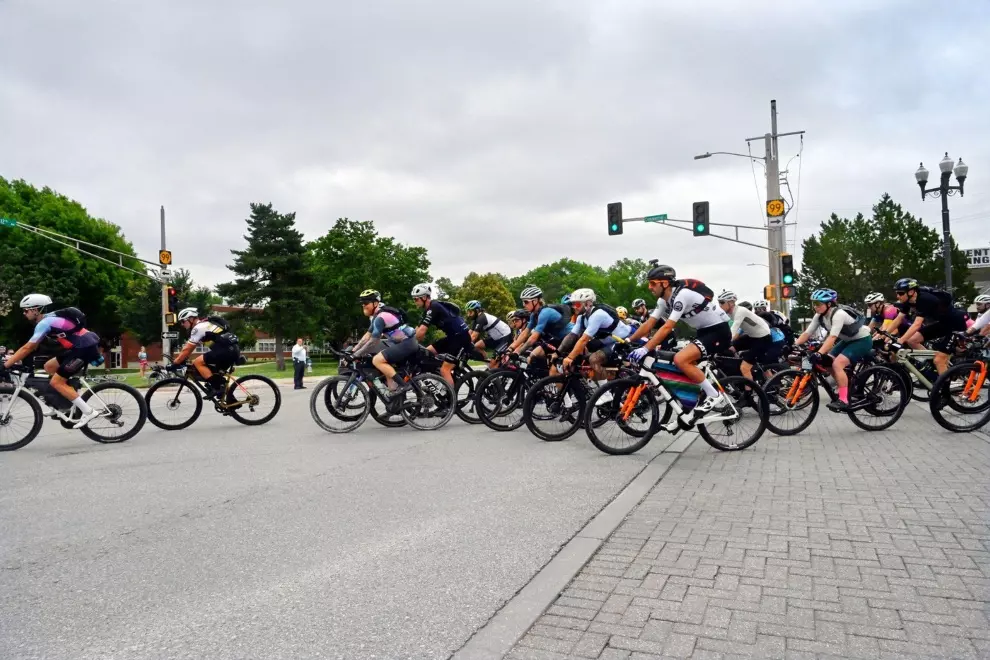Protect the electric motor
Some manufacturers offer a neoprene cover for the electric motor to protect it from the cold and the aggressive mix of salt, mud, and snow. When riding in the snow, I recommend not switching to turbo mode because the high torque can make the wheels spin uncontrollably on slippery surfaces.
Store the battery in a warm place
The battery is sensitive to temperatures and loses up to a fifth of its capacity in cold weather. The reduced capacity affects the range and, therefore, shortens your journeys. Experts recommend storing the battery in a dry and warm place. On most current e-bikes, the battery is permanently integrated into the frame, so it’s not possible to remove it and keep it warm separately. So it’s advisable to store the entire e-bike in a warm place. The battery should only be charged at room temperature.
And what if you don’t want to ride in winter? If you plan to stop cycling for a longer period of time, you should store the battery and display at temperatures between 10° and 20° Celsius with a remaining capacity of 30 to 60 per cent. You can more read about storing your battery in our previous article.

Less sweat thanks to motor assistance
As far as clothing is concerned, e-bikers sweat less than normal cyclists thanks to the motor assistance. The less you sweat, the more comfortable you feel. A wool T-shirt as a base layer, and a waterproof jacket and trousers will make the ride more pleasant. It’s advisable to protect the front part of the body, especially the chest. Never forget a helmet as the risk of falling is much higher on snow or ice.
ABS prevents skidding
On ice or snow in the winter months, you’ll appreciate more than ever the ABS (anti-lock braking system) brake assistance system, which, after cars and motorcycles, is slowly gaining ground on the electric bike market. The way it works is that if you apply the front brake in any emergency, you won’t bail over the handlebars. The system automatically distributes the braking force evenly between the two wheels and doesn’t lock them, so you don’t skid.
This all happens “by itself”, without the rider having to make any additional demands on his or her insight or ability to estimate the amount of braking force. An experienced cyclist may not enjoy it much because they won’t be able to modulate the brakes in the way they’re used to but for the casual weekend rider, it’s a positive revolution. The manufacturer Bosch eBike Systems claims that the system can prevent 30% of falls on slippery surfaces.

Stay away from wet
Preparing your e-bike for the winter season is similar to maintaining a normal bike. If you ride most of the year without mudguards, you should fit them on between December and April. However, as soon as temperatures drop below freezing, the wetness from below can turn even an ordinary morning ride into an ordeal that robs you of motivation for the days ahead.
Maintenance of lights, brakes and chain
“If you decide to cycle in the snow, I recommend replacing the normal pedals with platforms that fit the oversized winter boots comfortably,” says Gasperotti. The experience of off-road riders shows that a slight reduction in tyre pressure improves traction. Pay particular attention to the lubrication of the chain, which is exposed to the moisture of the snow and the aggressiveness of road salt. Also, pay attention to the brakes. The brake discs get covered with snow, which melts and quickly turns to ice, reducing the braking effect in the first few moments. Therefore, remove the thin layer of ice by braking lightly from time to time while cycling. Due to the short duration of daylight, you should always remember to charge your front and rear lights before every ride.
Don’t forget to drink
Even if the feeling of thirst isn’t as pressing as in summer, you sweat a lot and lose a lot of water. To keep yourself hydrated, you can use insulated bottles that fit in your bike basket but I fill a classic thermos flask with tea and take it with me in my bag. A Camelbak is great in summer but if you ride for a while in sub-zero temperatures, the tubes can freeze and then the whole system turns completely useless.




